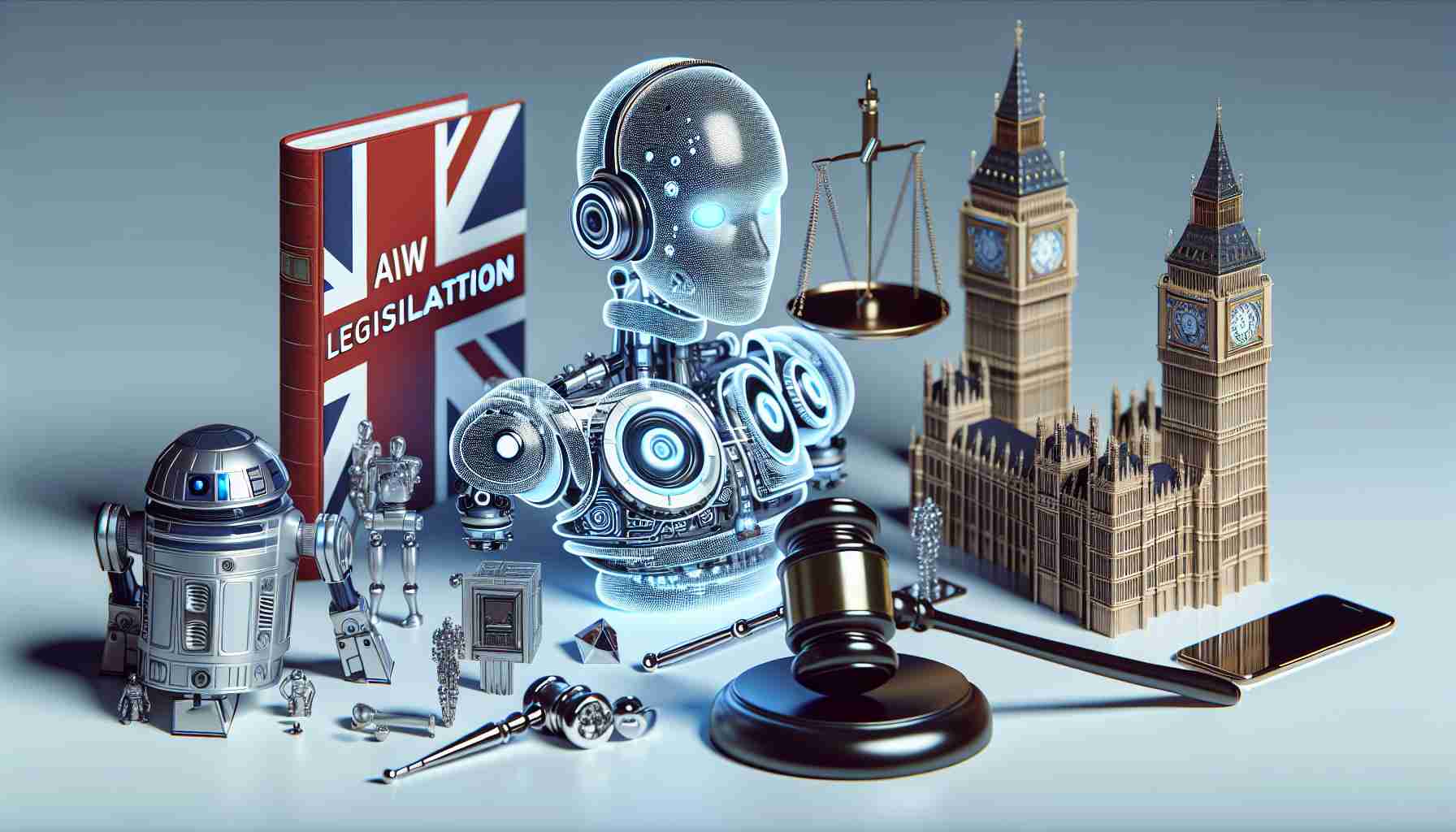The European Parliament has taken a significant step by endorsing a groundbreaking legal framework that paves the way for the use of artificial intelligence (AI). With an overwhelming majority of 523 to 46, MEPs have embraced the potential path that the UK can follow in regulating AI.
The legislation, which received support from the European Commission, addresses the risks associated with AI usage while setting guidelines for permissible tech applications. The aim is to ban certain AI systems that pose clear threats to individual safety, livelihoods, and rights. Examples cited include social scoring by governments and voice-assisted toys that encourage dangerous behavior.
To regulate AI applications that fall below the dangerous threshold, the legislation introduces a tiered system. It categorizes AI into three tiers: high risk, limited risk, and minimal risk. Let’s explore each tier in more detail:
1. High Risk: Areas of critical significance, such as critical infrastructure, education, safety components, employment processes, law enforcement, migration, and the administration of justice, fall under this category. AI systems used in these sectors must adhere to rigorous obligations, including risk assessment and mitigation, security measures, and human oversight.
2. Limited Risk: This tier focuses on addressing the risks associated with the lack of transparency in AI usage. While obligations are imposed, they are less stringent compared to the high-risk category. The focus is on ensuring that individuals are aware of the presence of AI. Examples include the labeling of AI chatbots, as well as AI-generated text, video, and images.
3. Minimal Risk: The legislation identifies a category of AI systems that pose minimal risk. This category encompasses the majority of AI systems currently used in the EU. It includes AI video games and spam filters, which are deemed to have negligible risks.
This comprehensive legal framework, a pioneering initiative, holds the potential to guide the UK in shaping its own AI regulations. By aligning with these guidelines, the UK can benefit from a standardized approach to AI governance that prioritizes safety and accountability.
FAQ:
Q: What is the purpose of the new AI legislation endorsed by the European Parliament?
A: The new AI legislation aims to address the risks associated with AI usage and provide guidelines for permissible applications.
Q: What are the three tiers of AI categorization as per the legislation?
A: The three tiers are high risk, limited risk, and minimal risk.
Q: What obligations must AI systems meet in the high-risk category?
A: AI systems in the high-risk category must meet obligations related to risk assessment and mitigation, security measures, and human oversight.
Q: Which areas fall under the high-risk category?
A: Critical infrastructure, education, safety components, employment processes, law enforcement, migration, and the administration of justice are some of the areas covered under the high-risk category.
Q: What is the purpose of the limited-risk category?
A: The limited-risk category seeks to address the risks associated with the lack of transparency in AI usage and ensure people are aware of the presence of AI.
Q: What does the minimal-risk category cover?
A: The minimal-risk category encompasses AI systems with negligible risks, such as AI video games and spam filters.
Sources:
– European Parliament: [Insert European Parliament official website URL]
– European Commission: [Insert European Commission official website URL]
FAQ:
Q: What is the purpose of the new AI legislation endorsed by the European Parliament?
A: The new AI legislation aims to address the risks associated with AI usage and provide guidelines for permissible applications.
Q: What are the three tiers of AI categorization as per the legislation?
A: The three tiers are high risk, limited risk, and minimal risk.
Q: What obligations must AI systems meet in the high-risk category?
A: AI systems in the high-risk category must meet obligations related to risk assessment and mitigation, security measures, and human oversight.
Q: Which areas fall under the high-risk category?
A: Critical infrastructure, education, safety components, employment processes, law enforcement, migration, and the administration of justice are some of the areas covered under the high-risk category.
Q: What is the purpose of the limited-risk category?
A: The limited-risk category seeks to address the risks associated with the lack of transparency in AI usage and ensure people are aware of the presence of AI.
Q: What does the minimal-risk category cover?
A: The minimal-risk category encompasses AI systems with negligible risks, such as AI video games and spam filters.
Definitions:
– Artificial Intelligence (AI): The simulation of human intelligence in machines that are programmed to think and learn like humans.
– European Parliament: The directly elected parliamentary institution of the European Union (EU) responsible for drafting legislation and representing the interests of EU citizens.
– European Commission: The executive branch of the European Union responsible for proposing legislation, implementing decisions, and upholding the EU’s treaties.
Suggested related links:
– European Parliament: link name
– European Commission: link name
The source of the article is from the blog oinegro.com.br

